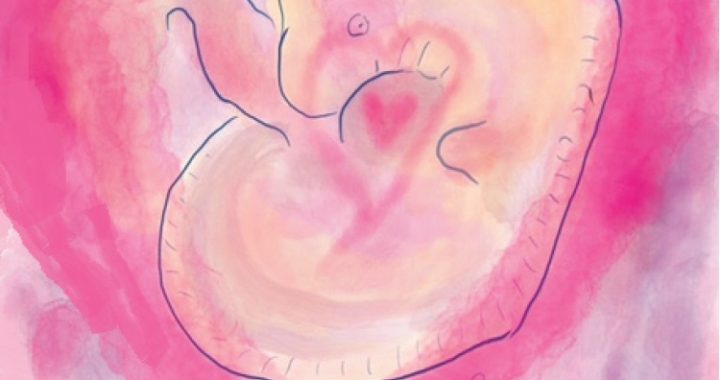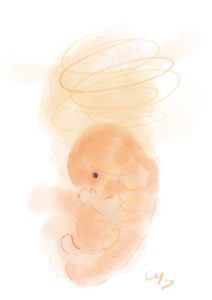

3 Comments
Leave a Reply
You must be logged in to post a comment.

 The ancient Chinese expression, wu wei seems to apply to the activities of the embryo. Wu wei is a Taoist term meaning “action that is non-action.” (Wikipedia). This is a natural action. A tree, for example, grows but it is not active in this growing. Human embryos develop in the same way.
The ancient Chinese expression, wu wei seems to apply to the activities of the embryo. Wu wei is a Taoist term meaning “action that is non-action.” (Wikipedia). This is a natural action. A tree, for example, grows but it is not active in this growing. Human embryos develop in the same way.You must be logged in to post a comment.
Pingback: A Compilation for Healing ABEs (Fact Sheet, eCourses, Exercises, Journal Article and more) - Chronic Illness Trauma Studies
I so appreciated your book Cherionna.
I found myself getting new insights and working with new processees in my adult life through the exercises you have sprinkled throughout it.
One of these, for example, was the concept of umbilical affect – and the dilemmas we can have with needing to let some things in through the umbllical cord (nutrients, for example) while keep other things out (maternal hormonal reflections of anxiety, as an example). I’d heard of this before and done a lot of personal work in the pre and perinatal realm but had not quite grasped it as fully as I did when I read about it.
I love your example above of the little sprout whose stem gets strengthened and prevented from growing too long as a result of its relationship with the earth it pushes through. I don’t remember that one from your book and it was a lovely reminder.
I have resubscribed to receve your blog posts as I somehow stopped receiving them, so it’s nice to be back :-).
These days I’m practicing and working with “we wei-ing” !!
Veronique, thanks so much for your comment. I’m so glad that my book helped with your understanding of the important concept of umbilical affect. In reference to the little sprout, I suppose we are all little sprouts, pushing our heads through the challenges presented by life!
Great that you are resubscribed. I wonder what happened! Welcome back! And thank you for your important work.I hope readers of my blog will also check out yours. I particularly appreciate your recognition of ABEs – Adverse Babyhood Experiences. It is so important to acknowledge that adverse experiences that can have lifelong impacts on our health and well-being often occur long before we can talk about them.